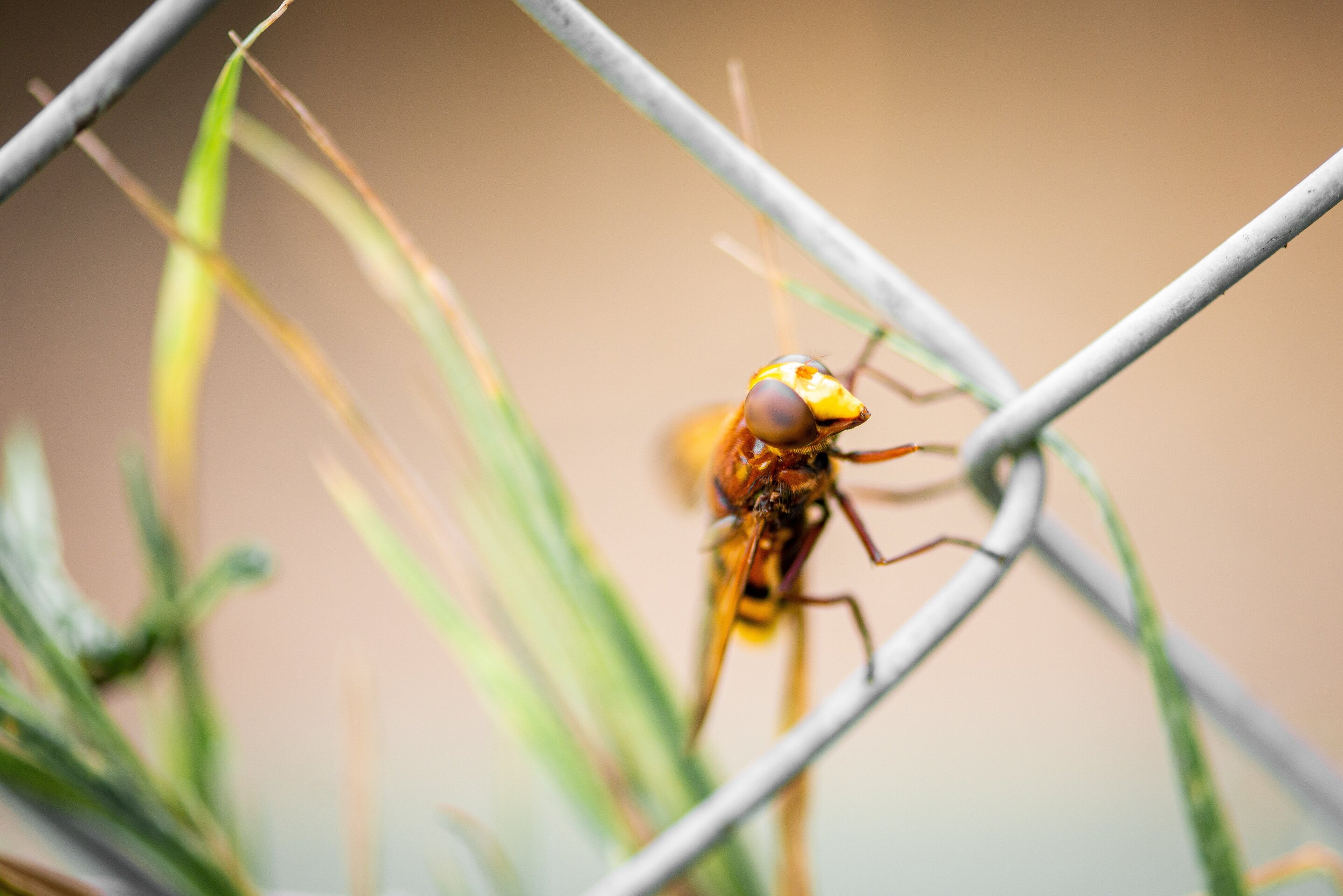#Handheld DNA sequencers show promise for monitoring microbes during food production

“#Handheld DNA sequencers show promise for monitoring microbes during food production”

Handheld devices are well suited to environmental monitoring during food production, and have key advantages in ease of use and in identifying a broad variety of bacteria, according to a new study published in the journal npj Science of Food.
The study, by researchers from the Teagasc Food Research Programme and APC Microbiome Ireland SFI Research Centre, isthe first to test handheld DNA sequencers as a routine microbial monitoring solution for food production facilities.
Identifying the microbes present in our food is important. After all, they can cause food spoilage and disease, so routine checks on the microbial life in food production facilities is a necessity. However, current techniques to achieve this, while tried and tested, have some limitations.
“Microbiology testing in the food chain has, and continues to, rely on older, classical microbiology testing such as the use of agar and petri dishes,” explained the study’s senior author, Professor Paul Cotter. “This is a time-consuming approach and only microorganisms that are being specifically tested for are identified.”
DNA sequencing offers an alternative. Instead of culturing bacterial samples in petri dishes, itcanrapidly analyze bacterial DNA and identify the species in a sample. The catch? Conventional DNA sequencing involves expensive lab-based equipment and only highly trained lab technicians can perform the procedure and analyze the results.
This isn’t a good fit for routine microbial surveillance in busy food production facilities. A newer technology offers rapid DNA sequencing with an easy-to-use handheld device, but no-one had tested its potential in food production—until now. Professor Cotter and colleagues, led by Dr. Aoife McHugh, set out to investigate how such portable sequencing technology would compare with lab-based sequencing, using swab samples from a working dairy facility.
Strikingly, the handheld device proved to be similar to the larger lab-based sequencing system in terms of the number of bacterial species it could identify in the samples, suggesting it has potential as a routine monitoring device in food production. However, the small device requires a minimum amount of DNA before it can function correctly.
In the well-cleaned dairy facility there simply weren’t enough bacteria in many of the samples, so the researchers had to perform an extra step to amplify the bacterial DNA before there was enough to analyze. This is a minor hurdle, and further developments with the technology may help to overcome it.
“As microbiologists, the use of DNA sequencing has revolutionized our understanding of fascinating microbial communities at the bottom of oceans, the tops of icebergs and a huge range of other environments,” said Professor Cotter. “While such studies have the potential to impact on our lives in the longer term, the use of these technologies to enhance food quality and safety can have a very rapid impact on everyday life. This study represents a key step towards a day when non-experts can use DNA sequencing tools to carry out microbiology testing in the food chain.”
Tracking microorganisms through the dairy production process
Aoife J. McHugh et al. Microbiome-based environmental monitoring of a dairy processing facility highlights the challenges associated with low microbial-load samples, npj Science of Food (2021). DOI: 10.1038/s41538-021-00087-2
Provided by
SciencePOD
Citation:
Handheld DNA sequencers show promise for monitoring microbes during food production (2021, February 19)
retrieved 19 February 2021
from https://phys.org/news/2021-02-handheld-dna-sequencers-microbes-food.html
This document is subject to copyright. Apart from any fair dealing for the purpose of private study or research, no
part may be reproduced without the written permission. The content is provided for information purposes only.
If you liked the article, do not forget to share it with your friends. Follow us on Google News too, click on the star and choose us from your favorites.
For forums sites go to Forum.BuradaBiliyorum.Com
If you want to read more Like this articles, you can visit our Science category.




